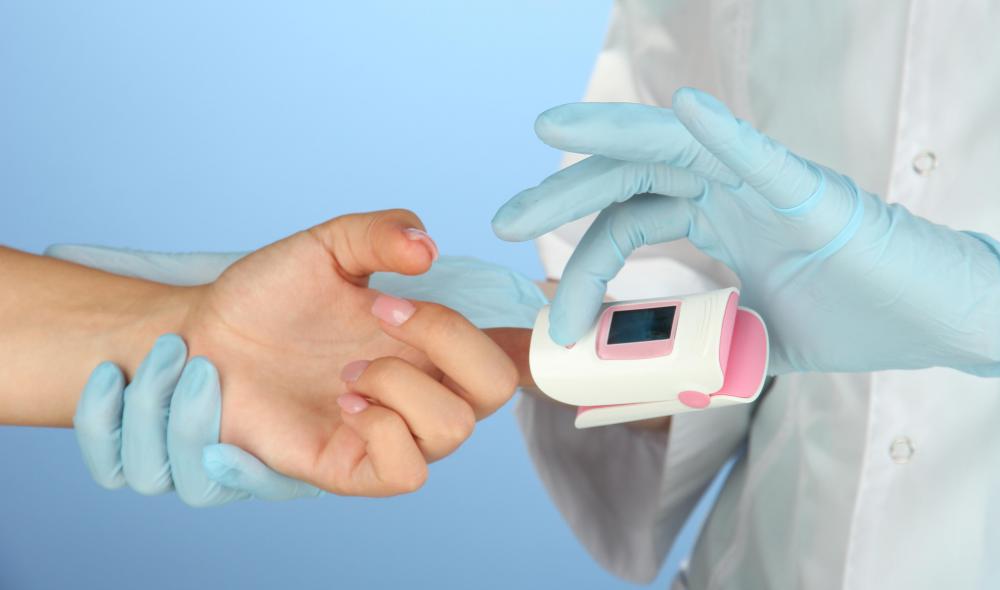At WiseGEEK, we're committed to delivering accurate, trustworthy information. Our expert-authored content is rigorously fact-checked and sourced from credible authorities. Discover how we uphold the highest standards in providing you with reliable knowledge.
What are the Different Types of Anesthesia Equipment?
Anesthesia equipment is used in medicine to induce a temporary loss of sensation in the patient. The type of equipment used depends on the type of anesthesia being done and the medical procedure that the anesthetic is being used to aid. Local and regional anesthesia, which induces loss of sensation in a particular part or area of the body while leaving the patient conscious, is usually done by injection, though in some cases a cream, spray, or topical solution is used to anesthetize the patient's skin. General anesthesia, in which a patient is rendered completely unconscious and insensate, can involve much larger and more elaborate anesthesia equipment used to administer anesthetics by injection, in the form of gases breathed by the patient, or both.
In industrialized countries, the most commonly used anesthesia equipment for general anesthesia is a device called a continuous-flow anesthetic machine. A medical ventilator built into the device provides the patient with a steady flow of air containing a continuous, carefully regulated supply of an anesthetic gas or gases. Most inhaled anesthetics are what are known as volatile anesthetics, which means that they are liquid at room temperature but can be easily made to evaporate. Anesthesia equipment that uses volatile anesthetics is connected to another device, called an anesthetic vaporizer, that converts anesthetics stored as liquids into a breathable vapor.

Devices called rotameters incorporated into the machine measure the flow of gas and are monitored by the anesthesiologist, who can make adjustments if needed. The machine's gas reaches the patient through an air hose attached to an oxygen mask worn by the patient. In some cases, the patient is given a laryngeal mask with a tube that extends into the pharynx, the uppermost level of the throat. Modern anesthetic machines also commonly include monitors that provide information such as the patient's heart rate and oxygen saturation level.

Anesthetics can also be given intravenously, using either a needle and syringe or a catheter inserted into a blood vessel to administer anesthetics from a drip bag. Intravenous anesthetics can be used for general anesthesia on their own or in combination with inhalational anesthetics to supplement their effects. Aside from some local anesthetics applied directly to the skin, local and regional anesthetics are also given in this way. Most local anesthetics, such as those given for dental procedures, are injected with a syringe. A catheter is used for some forms of regional anesthesia, injecting either into the part of the body being anesthetized or near the spinal cord to temporarily cut parts of the peripheral nervous system off from the brain.
AS FEATURED ON:
AS FEATURED ON:

















Discuss this Article
Post your comments